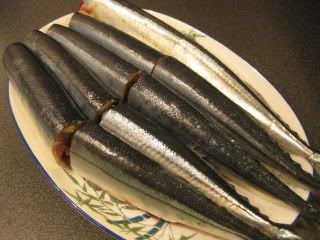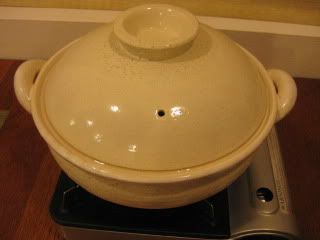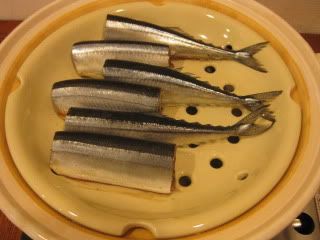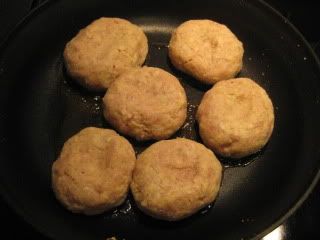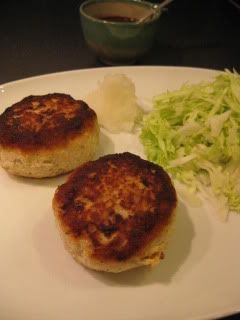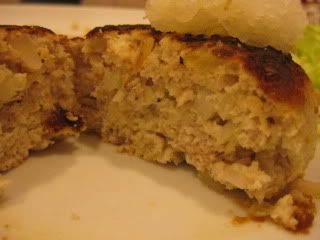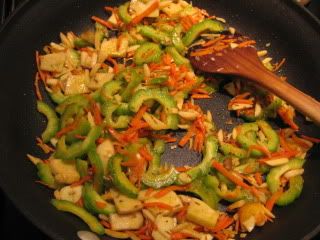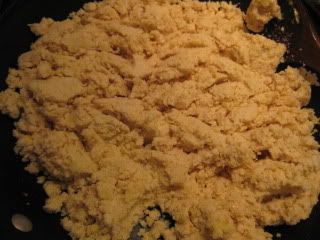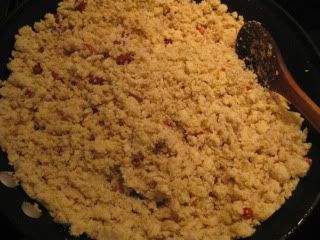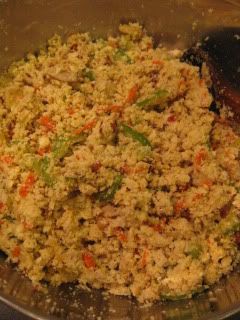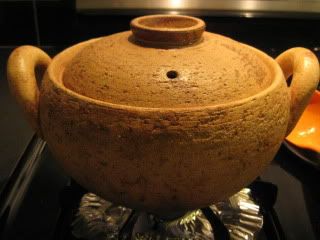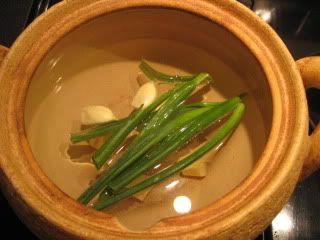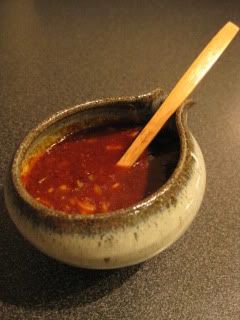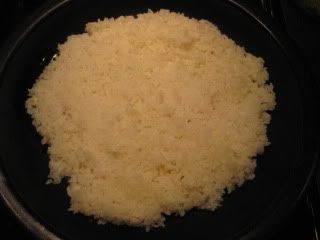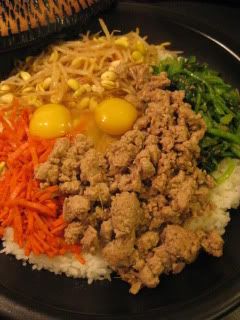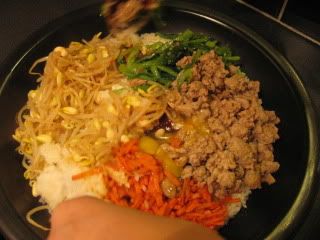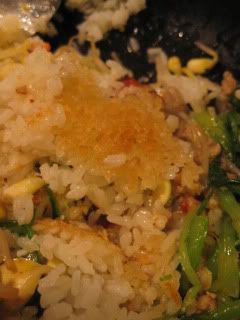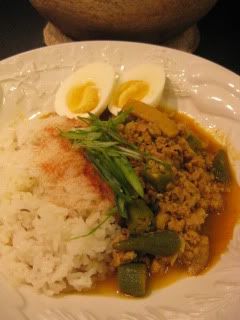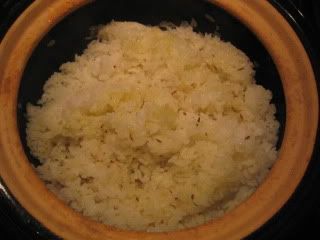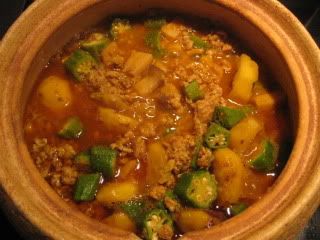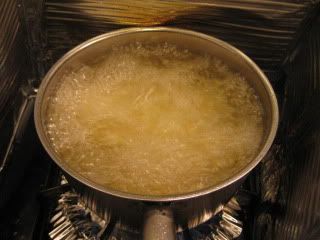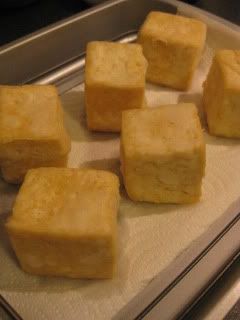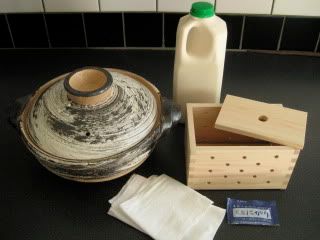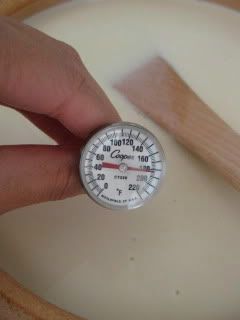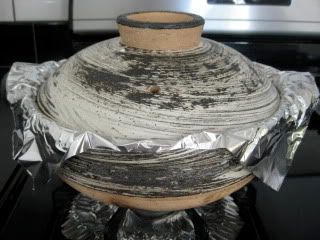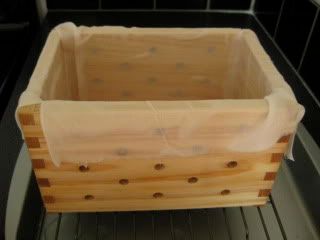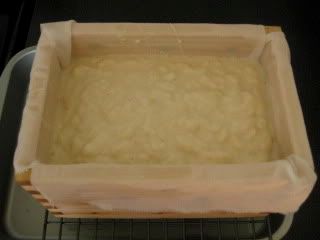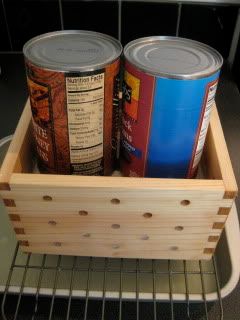
It's becoming a perfect season for soup, stew, and hot pot... My donabe pots are working very happily.
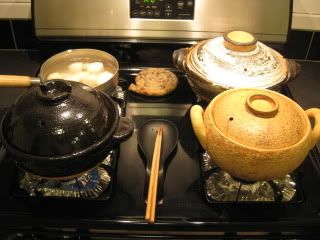
This is a very typical sight of my kitchen stove before dinner. Different donabes cook different dishes for one dinner. It's also not unusual for all 4 burners are used for 4 different donabes!
I made the fantastic Kabocha Miso Potage with the soup & stew donabe, "Miso-shiru Nabe". This is another shojin-style (Buddhist style) dish, i.e. it's vegan.
This healthy soup tastes so rich and creamy, and it's almost hard to believe there is no dairy or any fat in the soup. The nuttiness of the kabocha pumpkin becomes pronounced with the dashi and miso.
There are only three ingredients in this dish!
Kabocha Miso Potage
Ingredients
1/2 medium-size kabocha pumpkin, seeds removed
2 to 2.5 cups of dashi stock (made from kombu and dry shiitake)
2 tablespoons miso
Procedure
1. Slice of most of the skin of the kabocha in a very thin layer. Cut into medium-size cubes.
2. In the soup & stew donabe, "Miso-shiru Nabe", combine the kabocha and dashi stock (less stock will make thicker soup). Simmer with the lid on until the kabocha is very tender.
3. Tarnsfer the kabocha and broth to the blender. Add the miso paste and blend until smooth.
4. Transfer the blended ingredients back to the donabe. Adjust the flavor with salt if necessary. Pour in to the individual bowls. (Optional: Garnish with mitsuba.)

